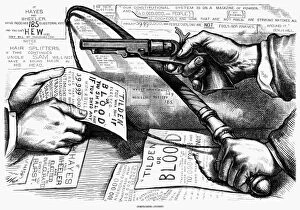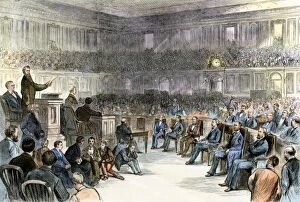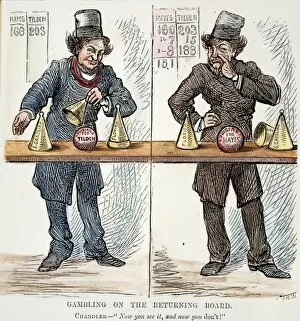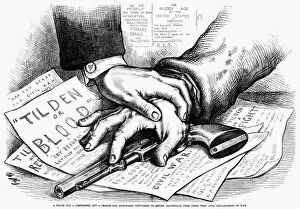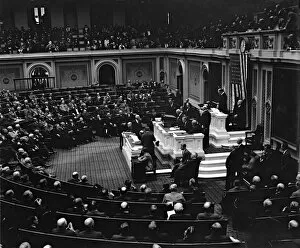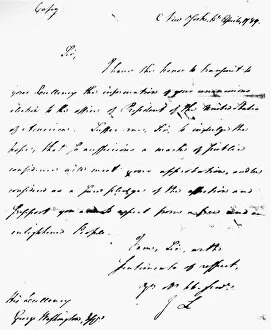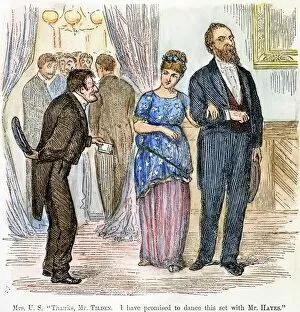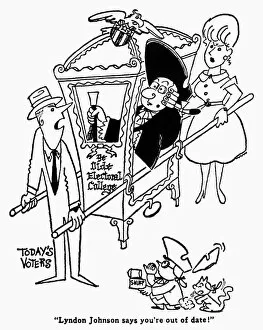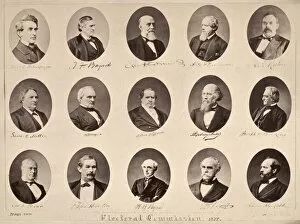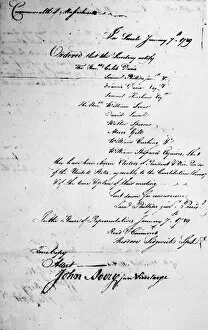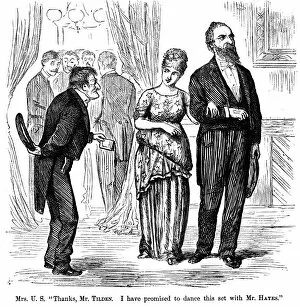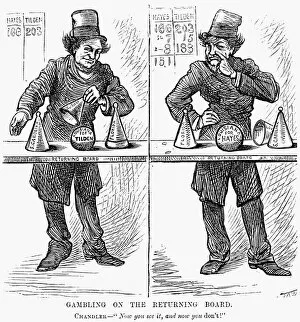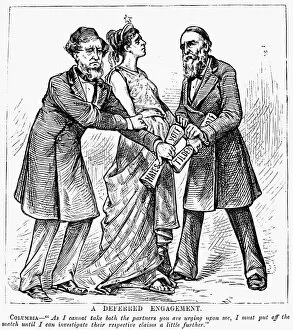Electoral College Collection
The Electoral College: A Historical Game of Politics In the realm of American politics, the Electoral College has long been a subject of controversy and intrigue
All Professionally Made to Order for Quick Shipping
The Electoral College: A Historical Game of Politics In the realm of American politics, the Electoral College has long been a subject of controversy and intrigue. Dating back to 1789, when General George Washington received a letter from John Langdon informing him of his unanimous election as President by the electoral college, this unique system has shaped countless presidential elections. One such pivotal moment occurred in 1876 during the Hayes-Tilden election. Thomas Nast's cartoon vividly depicted the ballot box as a political football, symbolizing how twenty disputed electoral votes turned this race into a national game played out on an unprecedented scale. The compromise seemed elusive until January 1877 when another Nast cartoon aptly titled "Compromise - Indeed. " captured the essence of ongoing disputes over those contested votes. Ultimately, it was through these very electoral votes that Rutherford B. Hayes secured his presidency in 1877. The significance of this outcome was not lost on Americans who recognized that their fate rested upon these intricate mechanisms. To resolve such contentious matters surrounding disputed electoral votes, an Electoral Commission was convened in 1877. This commission tackled cases like Florida Case and held sessions where members deliberated with great gravity and responsibility to ensure fairness prevailed. The impact of these events reverberated throughout history. In February 1929, a joint session of Congress assembled to count electoral votes for the presidential election—an enduring tradition that began with Columbia (the United States) anxiously awaiting the outcome in 1876. These episodes remind us that behind every presidential campaign lies more than just rhetoric; they are battles fought within institutions designed to uphold democracy itself. They offer glimpses into moments where high-toned gentlemen had chances to retire gracefully from civil declarations of war—a truce rather than merely a compromise—allowing for peaceful transitions despite intense rivalries.


